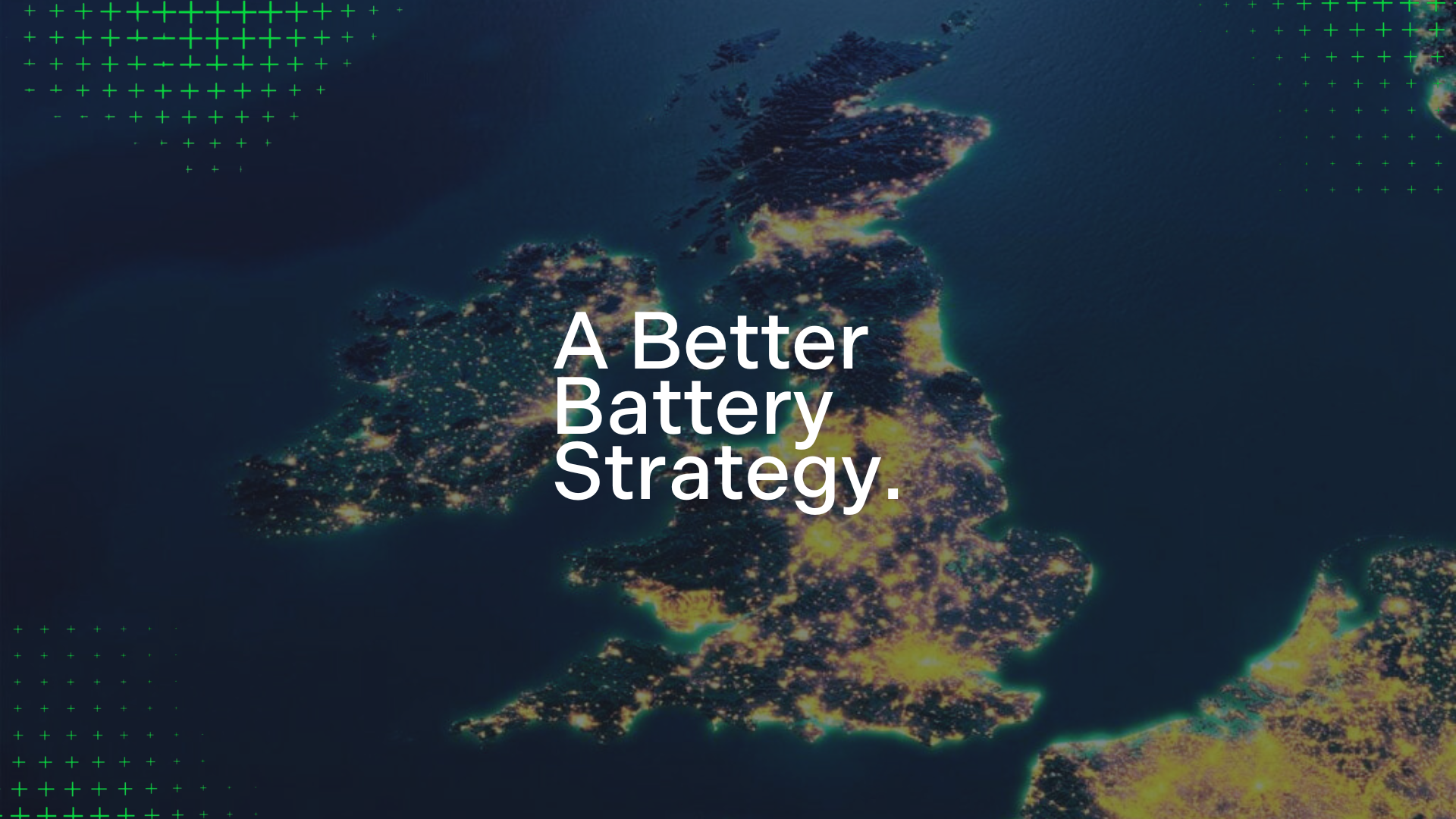

Written by
Joulen,
+ SHARE
Executive Summary
The UK has set a target of delivering a clean energy system by 2030 – less than six years away. To meet this, we need to accelerate Britain’s energy transition, bringing clean energy onto the grid faster, and more effectively.
As we switch to intermittent renewable energy sources, battery storage will play an essential role in stabilising the grid, matching electricity demand minute by minute. That’s why National Grid has stated that 50GW of storage is needed in the UK by 2050[1], with this technology serving as the foundation of a clean, reliable and affordable energy system.
However, our current aging grid system is not built for these future needs. As a centralised system designed to get grid-scale projects built and online, we are currently limiting access to energy markets, reducing competition, and restricting the paybacks of the energy transition to investors and developers.
The 4 Ds
The energy transition is often seen through the lens of four D’s;
When it comes to the improvements in technology, AI-enabled optimisation is a key development, and will ensure every unit of energy is effectively utilised. Investing in renewable and storage assets that are not optimised is like having a laptop that is not connected to the internet; you can achieve some tasks efficiently but are missing out on a breadth of resources that will add much more value.
The potential benefits of a Better Battery Strategy are profound. With grid-scale batteries getting connection dates well beyond 2030, smaller existing and future installations will bring down emissions and bills now. So why wait?
+ SHARE
Latest Posts
Let's get Started
-Connect with an Expert







